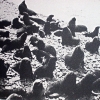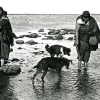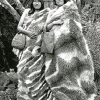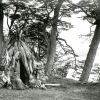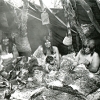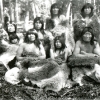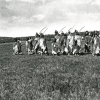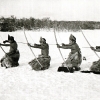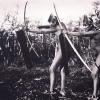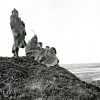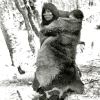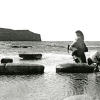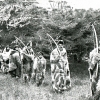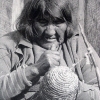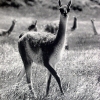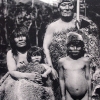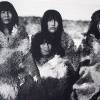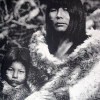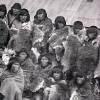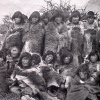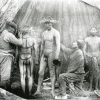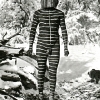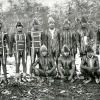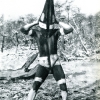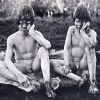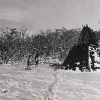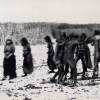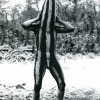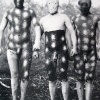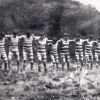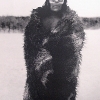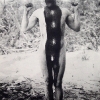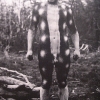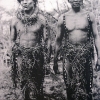Organización Social
Tierra del Fuego’s Isla Grande was divided into haruwen (territories), each occupied by an extended family group. Selk’nam society was organized around four basic social institutions. The first was concerned with territories called “skies” or shó´on. These were: North, South, and West (the fourth, the East, was occupied by a different group, the Haush). Each individual was identified by his or her territory of birth or residence (shó´on). The Selk’nam concept of shó´on was an organizing principle with great social and ceremonial significance, as it defined the main exogamous entities: individuals belonged to their father’s shó´on and could not marry within that group, whether blood relations or not. Kinship relations were bilateral and included all blood relatives up to the third and fourth generation. This organization configured community life and regulated the selection of spouses, who could not be blood relatives. Exceptions were made in special cases; for instance, a man could marry the daughter of his mother’s brother. The Selk’nam also had lineages, which were patrilineal and patrilocal and included all relatives living in the same haruwen. The final institution was the aska, which included the immediate family and close relatives. Askas were numerous, as polygamy was common and each wife bore an average of five children. In general, families migrated within their own haruwen, moving outside of this sphere only on rare occasions, such as for a whale beaching, bird hunting, the Hain initiation ceremony, and sports tournaments. Selk’nam society had no official governing bodies, but adults wielded a natural authority over young people. Selk’nam society could be described as egalitarian and individualist, as each person followed his or her own interests or those of the lineage. There was no system of tributes or gifts, and the people did not accumulate wealth. However, haruwens did differ in size and wealth and the sexual division of labor was not equal. Certain individuals who performed certain roles in Selk’nam society were given higher social status. The Xo´on (shamans) played a major role in all social arenas, having functions related to the hunt, war, curing the sick, and ensuring subsistence, among other concerns.



